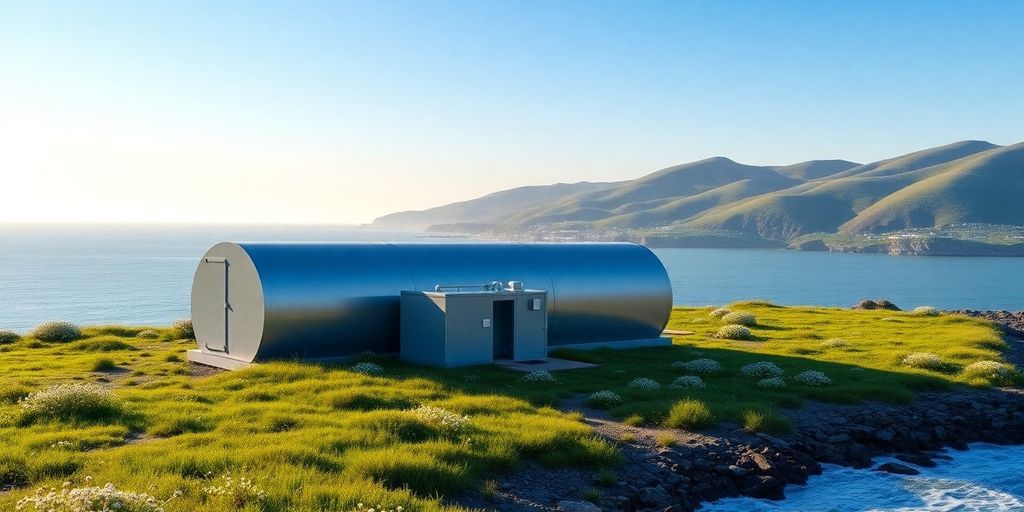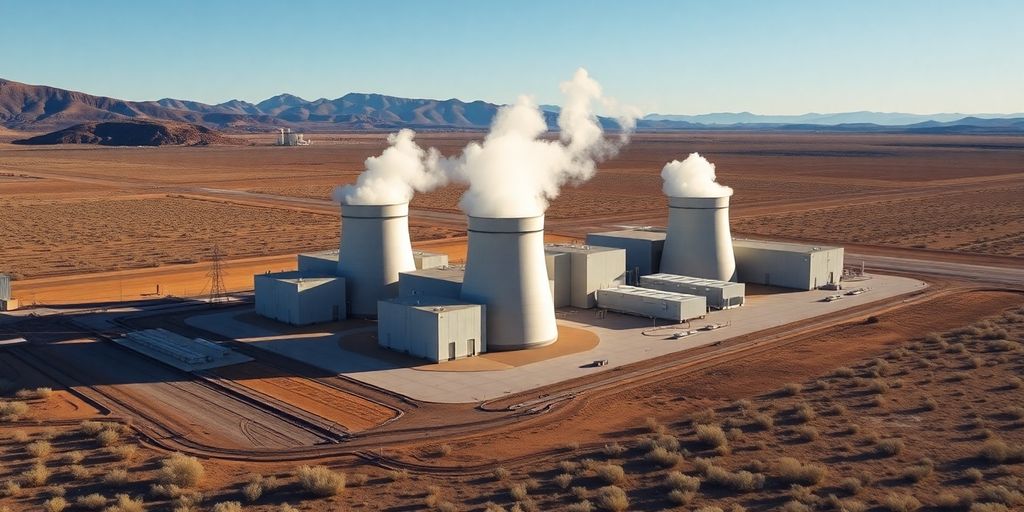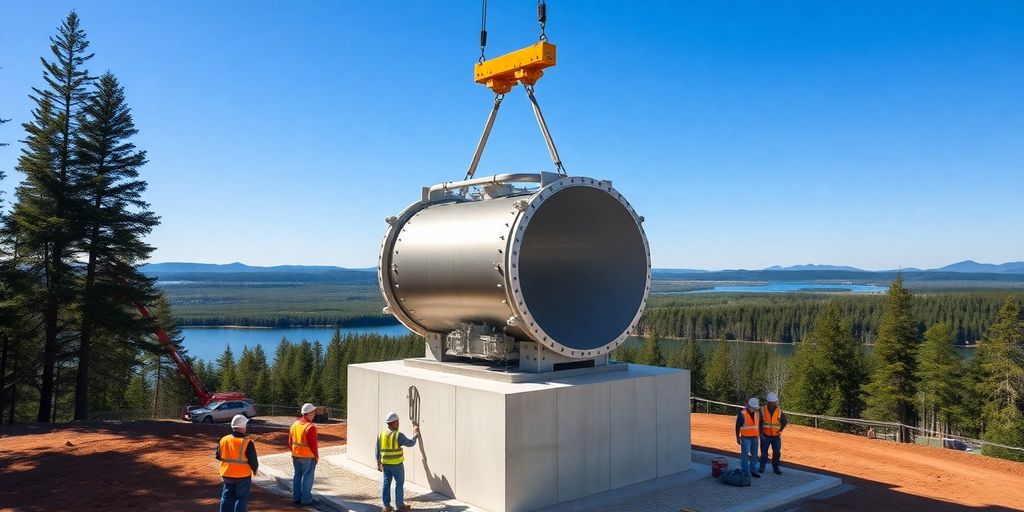Several U.S. universities are teaming up with private firms to pilot micro nuclear reactors—small, truck-deliverable power units capable of running a campus, hospital or industrial complex. These experiments aim to slash carbon emissions, leverage factory-built designs for rapid deployment and explore a new frontier in clean energy.
Key Takeaways
- University of Illinois plans a 10 MW gas-cooled microreactor by 2028.
- Penn State and Purdue partnering with Westinghouse and Duke Energy on feasibility.
- MIT and others study modular, plug-and-play designs for district heating and critical loads.
- Critics warn of higher waste volumes, security risks and uranium demand.
- Department of Defense, Last Energy and Ultra Safe Nuclear Corp. lead commercial development.
University Pilots Spark Clean Energy Revolution
Caleb Brooks at the University of Illinois at Urbana-Champaign leads a project to secure a construction permit for a high-temperature gas-cooled microreactor from Ultra Safe Nuclear Corp. If successful, it will begin operations by early 2028, generating 10 megawatts of electricity and steam for the campus heating system.
Penn State University signed an agreement with Westinghouse to demonstrate microreactor technology by decade’s end, aiming to decarbonize on-campus energy and support nearby industries like steel and cement manufacturing. Purdue University is evaluating advanced nuclear solutions with Duke Energy for its long-term power strategy.
Abilene Christian University partners with Natura Resources to design a molten‐salt–cooled research microreactor, training future nuclear engineers and testing high-temperature, low-pressure operations.
Microreactor Technology And Logistics
Microreactors pack 1/100th the output of a conventional plant into a truckable module. Key features:
- Factory fabrication enables standardization and cost control.
- Plug-and-play site installation accelerates deployment.
- Small footprint (<1 acre for 10 MW) contrasts with vast solar or wind farms.
- Heat output can supply campus steam systems or district heating.
Last Energy showcased a prototype cube in Texas, now under transport testing ahead of a South by Southwest presentation. Its total system cost is advertised under $100 million, versus billions for traditional reactors.
Opportunities And Challenges
Pros:
- Decarbonizes energy for critical infrastructure.
- Reduces land use compared to renewables.
- Offers on-demand, continuous power to complement wind and solar.
Cons:
- Radioactive waste management remains unresolved; smaller cores may produce more waste per MWh.
- Security concerns over potential targets or proliferation of weapons-usable materials.
- Higher fuel costs and uranium enrichment demands could undermine economics.
The Road Ahead
Several vendors, including Westinghouse’s “eVinci,” the Department of Defense’s Project Pele, and Ultra Safe Nuclear Corp., target licensing between 2025 and 2028. Universities serve as early adopters to validate safety, operations and community acceptance.
If pilot programs succeed, microreactors could transform energy for remote sites, industrial customers and climate-vulnerable regions, positioning nuclear as a versatile, zero-carbon pillar of the future grid.












